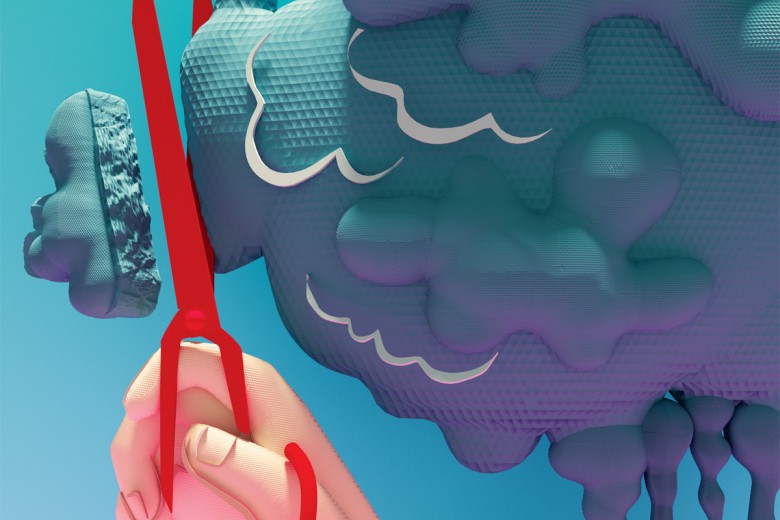“Torture is treated like a homeopathic technique: a little violence used against violence might cure violence.” – Vijay Prashad
By the time the Canadian Press revealed last February that Public Safety Minister Vic Toews had quietly overturned a policy preventing security agencies from using or sharing information extracted through torture, the Canadian state’s readiness to reconsider the torture taboo was already well-established.
“Terrorism is the top national security priority of the government,” explained Toews’ directive to CSIS, the RCMP, and Border Services (CBSA). In “exceptional circumstances,” the directive read, security agencies may need to share or act on “intelligence provided by foreign agencies that may
have been derived from the use of torture.”
It couldn’t have been news to Ottawa engineer Abdullah Almalki, who was labelled an “imminent threat” by Canadian security agencies in 2001 and tortured for two years in Syrian detention, with the RCMP providing questions to proxy Syrian interrogators. He was later cleared of all charges. Together with fellow Canadian citizens Ahmad El Maati and Muayyed Nurredin, also tortured in Syrian jails with the go-ahead from Canadian security agencies, and Abousfian Abdelrazik, similarly tortured in Sudan, Almalki has yet to receive the cold comfort of a forced apology like that extended to Maher Arar.
In addition to Canada’s practice of “extraordinary rendition,” a euphemism for subcontracting human rights abuses to foreign torturers and reaping the (mostly unreliable) intelligence, Canada has been censured by the UN Committee Against Torture for its continued detention of three Muslim men under security certificates for more than a decade, based on secret evidence reportedly obtained through torture.
Equally afoul of international law is Canada’s transfer of Afghan prisoners to local authorities in Kandahar, where they were sure to be tortured. “Many were just local people: farmers, truck drivers, tailors, peasants,” explained Richard Colvin, the second-ranked Canadian diplomat in Afghanistan in 2006 and 2007, of those tortured with electricity, extreme temperatures, knives, open flames, and sexual abuse. They were “random human beings in the wrong place at the wrong time.”
Canada’s willingness – under both Liberal and Conservative governments – to transgress the long-standing torture taboo comes despite exhaustive evidence that torture doesn’t actually work. The ostensible premise, “take terrorists, add torture, get truthful information, enjoy security,” as summarized by sociologist Lisa Hajjar, “reflects a blithe disregard for the opinions of experts in interrogation.”
The spectre of “mass death” evoked by Toews in Parliament to shame and silence those who indulge in “dithering in the face of threats to the lives of Canadians” conjures the now tired trope of the ticking bomb popularized by infamous apologist for American empire Alan Dershowitz in arguing
for “torture warrants.” But as Baijayanta Mukhopadhyay argues in the cover story of this issue, the purpose of the hypothetical ticking bomb scenario “is not the answer, but the question itself: it instils fear. What torture does do is frighten people into submission.”
As Fathima Cader writes in the following pages, torture does not just discipline the tortured. Ubiquitous images of bound, hooded men kneeling in orange prison jumpsuits, or the photographs of Abu Ghraib branded into our collective consciousness, serve as pervasive reminders for those
communities deemed torturable “of the violence with which they are uniquely threatened.”
The shift in modern warfare toward counterinsurgency carried out by states against diffuse populations, rather than organized armies, calls for new instruments of domination. As a technique of imperial policing and pacification, as a spectacle of violence to produce compliant subjects, torture is very much on the table. Canada’s expanding role as an imperial power, described by Isabeau Doucet and Justin Podur in this issue, is predictably commensurate with a growing investment in torture.
While the “exceptional circumstances“ under which Toews has authorized torture-tainted information are rather opaque, the prohibition of torture under international law is unambiguous. According to the United Nations Convention Against Torture, “no exceptional circumstances whatsoever
may be invoked to justify torture, including war, threat of war, internal political instability, public emergency, terrorist acts, violent crime, or any form of armed conflict.”
Torture is not a remedy for violence; rather, it is the disease. Its lasting scars mark the tortured and torturer alike. And those who allow it to happen won’t be left unscathed.






